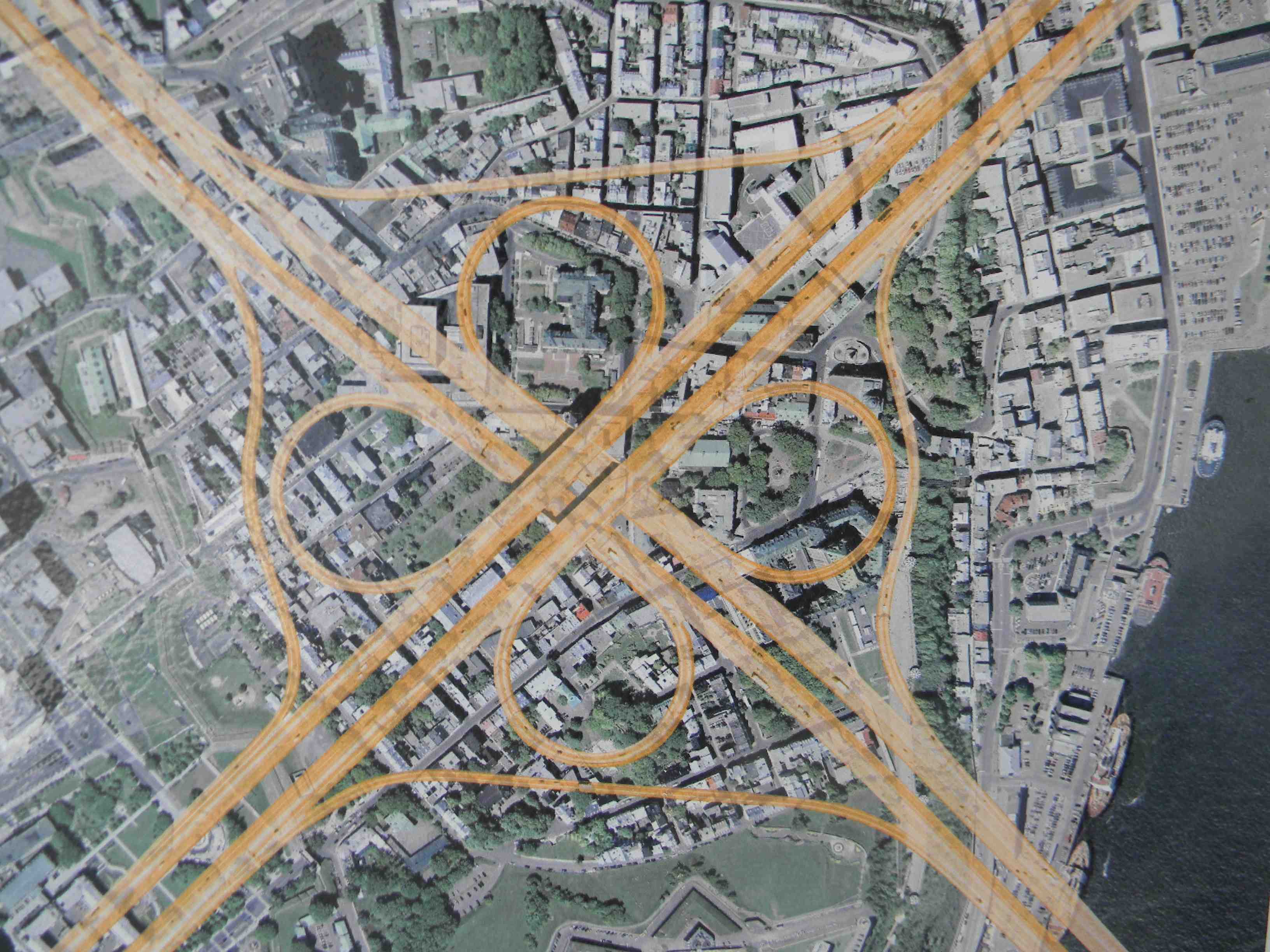 3 cars stop, 24 people cross the street and 7 bicycles cruise along within 10 seconds on a Friday afternoon in Bunda Street, Canberra. I am sitting in a street café overlooking a zebra crossing between the Canberra Centre and City Walk.
3 cars stop, 24 people cross the street and 7 bicycles cruise along within 10 seconds on a Friday afternoon in Bunda Street, Canberra. I am sitting in a street café overlooking a zebra crossing between the Canberra Centre and City Walk.
3 cars, 24 people and 7 bicycles – an interesting modal split that made me think about joining the dots and drawing a picture in regard to appropriate street design with people in mind.
My first dot will be around the latest initiative by the Australian Federal Government, which recently launched the National Urban Design Protocol with the ideal title “Creating places for people”. The document aims to define high quality urban design and to provide a consistent quality framework for future design throughout the country.
My second dot will provide a connection to this initiative and what happens (or still does not happen) on the ground. For example, the National Capital Authority recently announced a delay in rolling out an urban design project for Bowens Crossing until 2014, the year afterCanberra’s Centennary. The reason for the delay is cited as a funding shortfall resulting from major capital maintenance works to be undertaken on Scrivener Dam. It is unfortunate to see projects like Bowen Crossing postponed The Federal Government and theCanberracommunity should demand higher priority for quality urban design projects and the improvement of local amenities.
My third dot will be the apparent disconnect between budget reality, community expectation and future budget projections. Funding for urban planning and design projects will become increasingly scarce as competing priorities place pressure on the ACT Budget. I’d like to invite you to bear in mind, for example, that the Australian Capital Territory (ACT) Health Directorate budget is increasing by 11 per cent per annum and in a ‘business as usual’ scenario will, according to Access Economics, consume the entire ACT Budget in the medium to long term.
Let’s start joining the dots and attempt to draw a picture. On the one hand, we are creating a strategic framework for better quality design to meet community expectations. On the other hand, we will have in the long run less funding to realise those expectations.
The picture that came out of connecting these dots is not good one. Here is my initial attempt to rescue the drawing to ensure quality spaces for all people.
a) I’d like to start by highlighting that there is no silver bullet solution to what is becoming an increasingly complex problem.
b) Education is key. In order to resolve a complex design issue we need to have a certain amount of common knowledge around the issue.
c) Potentially competing interests need to work hand in hand with a collaborative spirit to achieve designs that will benefit all members of the community.
d) Be creative, be open-minded and think outside of the square. There are no wrong questions.
Drawing a short initial exemplar illustration onBunda Streetas a shared space:
a) The advantages of making streets more people friendly are potentially far-reaching, encompassing environmental, social, economic and health benefits. Most academics and leading practitioners in various fields call for an integrated and holistic approach to issues such a climate change, non-renewable resources, food access as well as the obesity epidemic in Australia. A triple bottom line approach is necessary and needs more than just a single tool.
b) What is a shared space? www.dtf.gov.uk/publications/ltn-01-11
What is the Urban Design Protocol? www.urbandesign.gov.au
What are the benefits of making streets more walking and cycling friendly? www.heartfoundation.org.au/SiteCollectionDocuments/GoodforBusinessFINAL_Nov.pdf
What do most stakeholders in the ACT think about creating better places for people? www.healthyplaces.org.au/userfiles/file/News/act_activelivingreport.pdf
What has the ACT Government committed to do in relation to walking and cycling? www.transport.act.gov.au
What has the ACT Government already done? For a start it signed on 1 November 2010 the International Charter for Walking. www.walk21.com/papers/international520Charter%20for%20Walking.pdf
Of course every reader should feel encouraged to research further pending their level of interest.
c) Call out for a workshop that brings all parties together in a comfortable and neutral environment and share stories (personal or evidence based) about the importance of having equal access to good quality spaces for all members of the community in Canberra Civic.
d) Some creative ideas for Bunda Street as a high quality shared space:
–> Consider innovative pavement design using local recycled materials;
–> Use intelligent landscaping (trees, planting) to provide a green, balanced environment that can protect the space from the heat island effect.
–> Ask local stakeholders to commit to maintaining the new amenity. In addition to enjoying well maintained spaces, homeowners stand to benefit economically from quality urban design projects in their local neighbourhoods.
–> Think about human scale and imagine walking with a kid’s eye through the space. As an ideal outcome you should feel comfortable to move freely in the space and be able to communicate easily with other people.
–> Have in mind that we will have 20 + per cent elderly people by 2030 and consider the needs of disadvantaged groups.
–> The place should be considered as an open living room where people can celebrate, communicate and interact 24/7.
–> Think even of interesting signage that invites users to change their behaviour. This could be by having a big welcome sign saying, “You are entering the city’s open living room”.
e) Recently the South Australian Government announced the creation of an independent Commissioner for Integrated Design. Such a person could ideally provide the platform and framework of collaboration and facilitate the dialogue needed to achieve a satisfactory and truly democratic outcome.
3 cars stop, 24 people cross the street and 7 bicycles cruise along within 10 seconds on a Friday afternoon in Bunda Street, Canberra.
Be an urbanist and share the space!